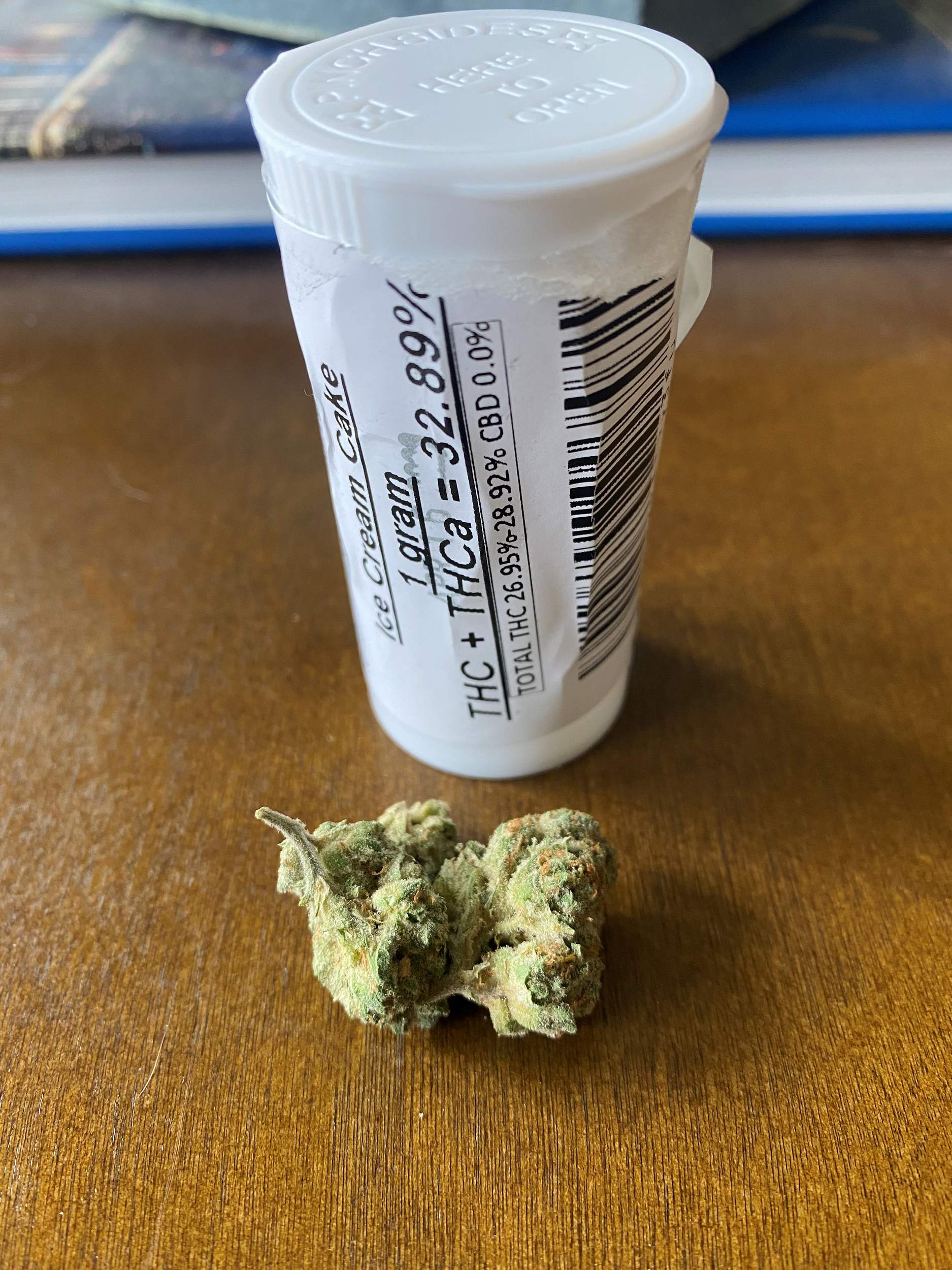BDSM is not my main swimming pool. It’s an adjacent and smaller swimming pool for the work that I do. There are amazing practitioners and educators whose BDSM pool is bigger and so I make referrals and stick to my generalist pool. As a generalist, I will need to swim in these adjacent, smaller pools so that I can meet clients where they are at rather than offering a narrow service in one specific area.
So what’s with the talk of swimming pools and BDSM? Swimming pools because I’m dreaming of hot, summer days. BDSM because I have a crush on it. Why? Because they worship communication.
They have some of the best practices when it comes to communicating about sex and pleasure. I get all twitterpated just thinking about it!
If you’ve ever been to any of my workshops or listened to me speak, I will eventually bring up BDSM.
I’m like a moth to a flame! Folks who practice BDSM talk before getting naked; they share, in detail, everything they want to do to each other; and then they talk about how they are going to take care of each other afterwards. Amazing! I want everyone to do this, all the time!
Wait! What is BDSM?
BD–DS–SM
Bondage
Discipline
Dominance
Submission
Sadism
Masochism
Ok. So, and what are these all about?
Like most activities, sexual or not, they are defined by the individual. Broadly, folks who participate in
BDSM may:
— Only practice bondage with one committed partner
— Be a Dom/Domme and practice in a club space
— Be into pain play through discipline or as a masochist
— Act as a switch, dominant or submissive, depending on their desire or who their partners are
— Dabble and practice in all areas of BDSM
— Work as a Dominatrix
— Only play a submissive during a role play and any other time does not practice dominance/submission
— Live every day in a dominant/submissive relationship
— Prefer discipline only during stressful periods of their life
— Be a sadist in sex clubs only and never in their personal space
There are as many different variations on behavior as there are people practicing BDSM. This is why communication is so vital in this community. Not only can physical and psychological harm be done if the rules are not followed, but each person has different needs and desires which they need to outline clearly for their partners.
Example: One person’s definition of discipline may be to lick the floor whereas another’s might be a spanking with a paddle or whip. The person who wants to lick the floor will feel violated if they receive a spanking instead.
This is why anyone participating in BDSM will (should) be creating a contract with their partners before moving forward with any actions. The contract is the part of the communication process where all parties clearly and honestly lay out what they want to happen during the scene. The contract can be as detailed as needed and will include an agreed upon safe word. If, for example, the scene is going to include bondage then the people involved may include some of the following in the contract:
— What type of rope will be used
— Length of time they will be tied up
— What parts of the body will be tied up
— Will they be naked, wearing underwear, other types of clothing
— Blindfolded and/or gagged
— Any discipline acts and with what tools
— Any sexual acts and what parts of the body are on/off-limits
And so on. A safe word may not be a word but a gesture. If someone is gagged they’ll be unable to talk so the partners need to agree ahead of time what the signal will be — holding up 3 fingers or tapping their thigh 2 times. If they are not gagged then the safe word should not be “no” or “stop” — most folks use red light, green light, and yellow light to understand where the participants comfort level is. Green light means go, yellow light means slow down or ease up, and red light means stop.
As soon as a participant uses the safe word, all activity stops immediately and if need be, they are released from any bondage or tools. It is the responsibility of the sadist/dominant to monitor the masochist/submissive for the safe sign/word and to help end the scene.
After a scene has ended, either because the elements of the contract were met or the safe word was used, all parties involved participate in the aftercare. This may include talking about how successful the scene was, if everyone’s needs or desires were met, and also to physically care for each other.
These will all be part of the contract as well.
YOU ARE NOT READY
Just because you’ve read this column you are not ready to dive head first into BDSM. Please read some books, visit Kink Academy online, and for the love of everything please have the consent of your partners. They’ll need to read the books and check out Kink Academy, too!
Here are some resources:
— How to Be Kinky: A Beginner’s Guide to BDSM by Morpheous
— The New Topping Book and The New Bottoming Book by Janet Hardy & Dossie Easton
— KinkAcademy.com
Fifty Shades of Grey DOES NOT count. This fictional series is not a source for BDSM education.
A Note on Kinks & FetishesI often see and hear misconceptions about kinks and fetishes. To clarify a kink is something that turns a person on, and they enjoy incorporating in their sexual activities, that is outside of “vanilla” behaviors. So any BDSM behavior may be classified as a kink. Kinks are pleasurable add-ons to a person’s sexuality.
A fetish is a thing someone needs to be present in their sexual activities in order for them to find pleasure or reach orgasm. Leather, high heels, rubber, latex, specific body parts, types of bodies, and more. Fetish is more loosely used to describe specific attractions or even include paraphilias in some sexual communities, which doesn’t match the more clinical definition. A fetish can sometimes impede someone’s life because their fixation can prevent them from performing everyday acts to care for themself, which is why there is a clinical definition.
Homework
Learn more.
Ask for consent.
Explore.
Start slow.
Enjoy yourself!
Remember this is one of my adjacent smaller pools and in an ever changing world, I’ve probably missed a crucial piece of information. Please, please do not rush. The reward is much better when you take your time and learn how to participate in BDSM properly.
—-
In this changing world please stay safe, practice amazing hygiene, be kind, ask for help, and give where you can.
Erin Brandt (she/her/hers) has been a sexologist for 15 years. When she’s not spreading sexual knowledge, Erin can be found learning from her child, hiking with her partner, cuddling with her pitbull, knitting with her cat, dancing with friends, and searching for the nearest hammock and ocean breeze. Want more? Visit www.positivesexed.com













